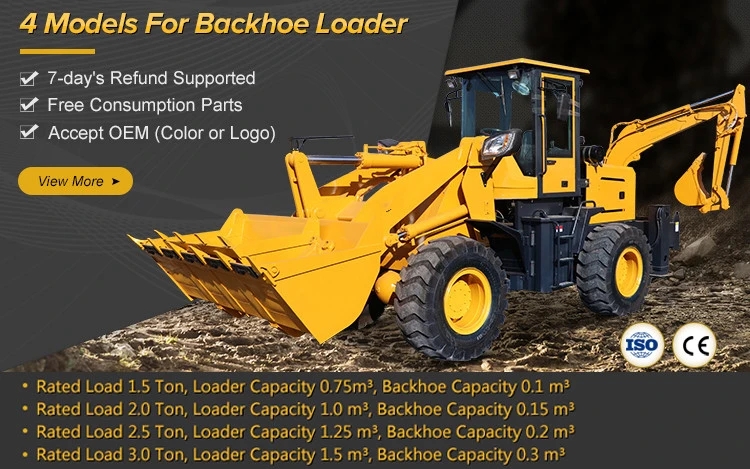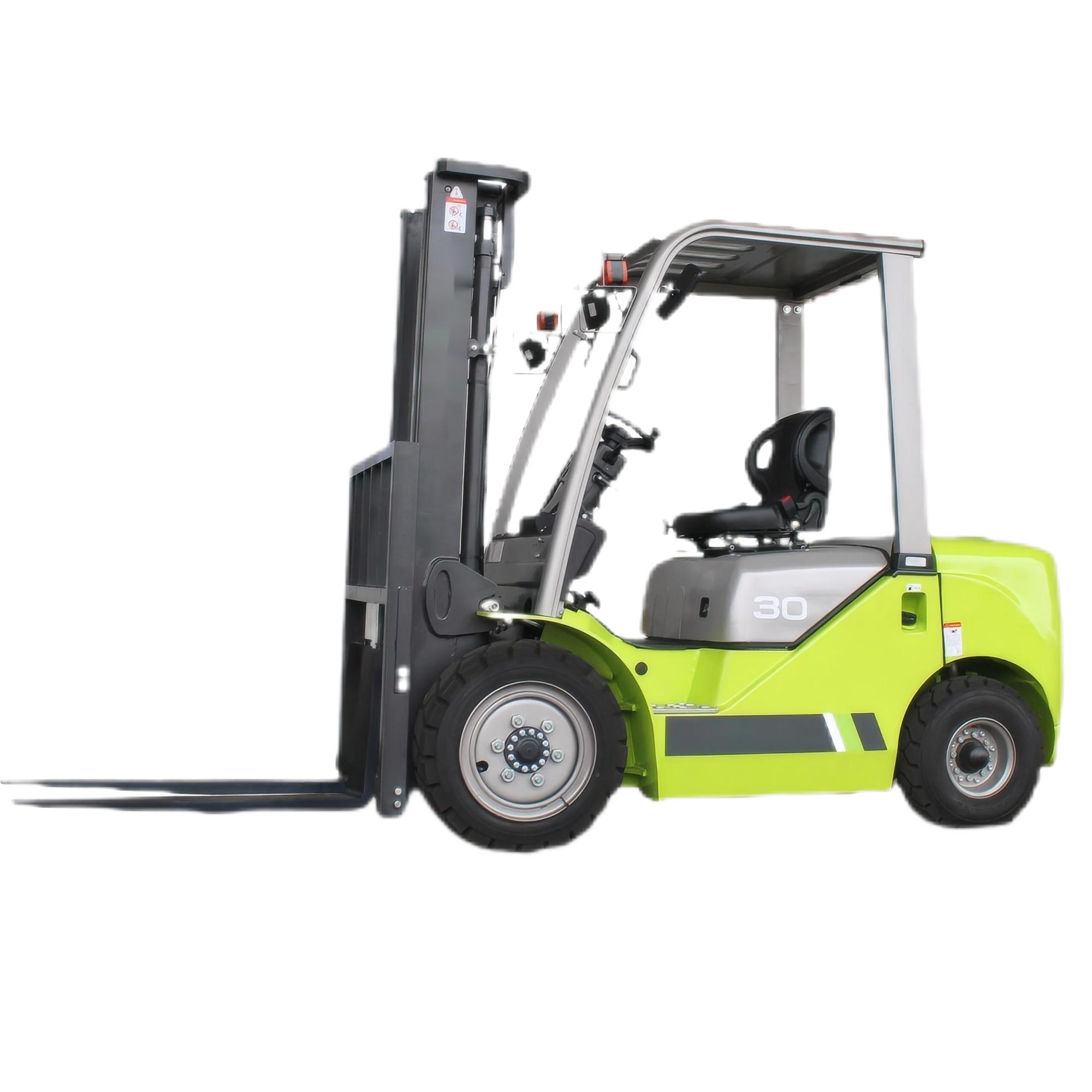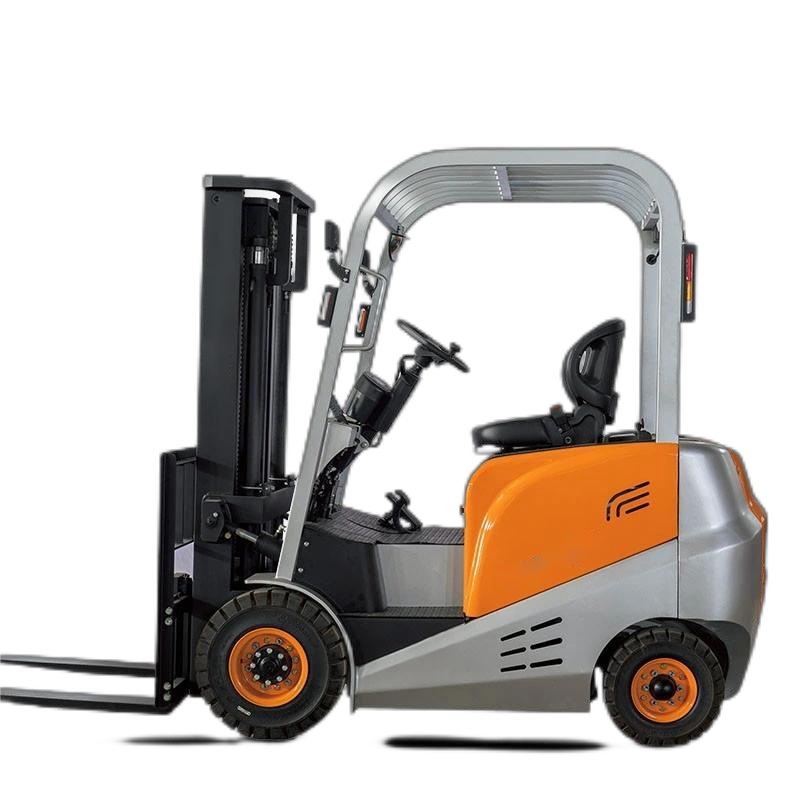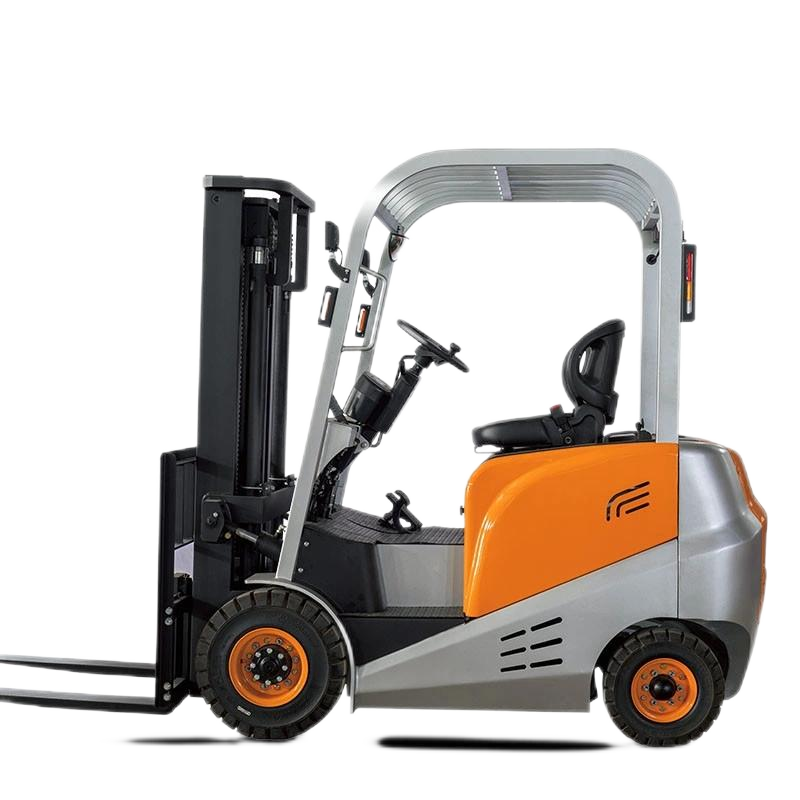A 3-ton loader is a common construction machinery and equipment. Here is some basic information about it:

Performance Parameters
Rated Load Capacity: 3 tons, which is the weight of materials that the loader can safely carry, load and unload.
Bucket Capacity: Generally around 1.5 to 2 cubic meters, and there will be differences among different manufacturers and models. A larger bucket capacity can increase the amount of materials loaded and unloaded in a single operation, thus improving work efficiency.
Engine Power: Usually equipped with an engine with a power of about 70 to 100 kilowatts to provide sufficient power to drive the loader for various operations.
Unloading Height: Generally around 2.8 to 3.2 meters. The unloading height determines how high the loader can unload materials, such as onto a truck carriage or a material pile.
Application Scenarios
Material Loading and Unloading: Widely used in construction sites, mines, ports, warehouses and other places for loading and unloading various bulk materials such as sand, gravel, coal, ore, and building materials.
Site Levelling: The bucket can be used to carry out preliminary site levelling work, pushing flat the uneven ground to create conditions for subsequent construction or operations.
Short-distance Transportation: It can transport materials from one place to another within a certain range. Although its transportation distance is relatively short, it has high flexibility in some small construction sites or specific areas.
Key Points for Purchase
Operation Requirements: Select a suitable loader according to the actual working scenarios and tasks. If it is mainly used for loading and unloading loose materials, there are higher requirements for the bucket capacity and unloading height; if operations such as site levelling are required, then the maneuverability of the loader and the flatness of the bucket should be considered.








